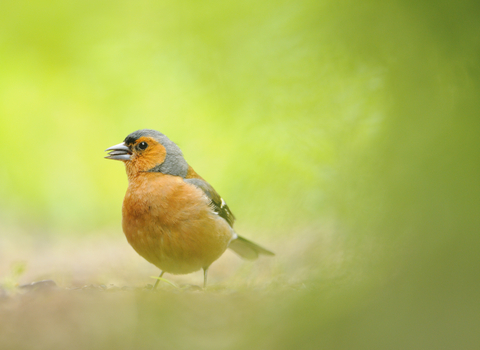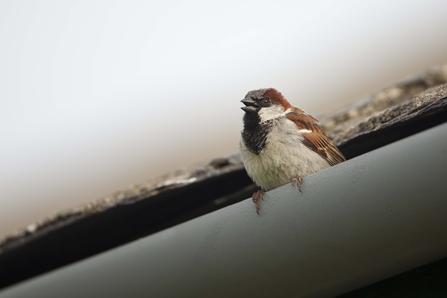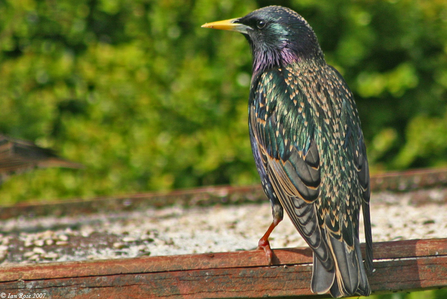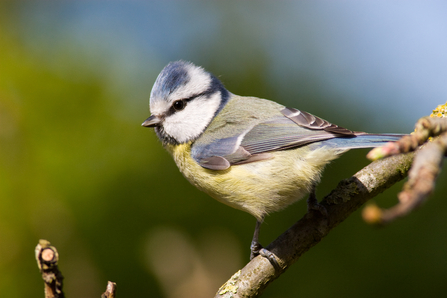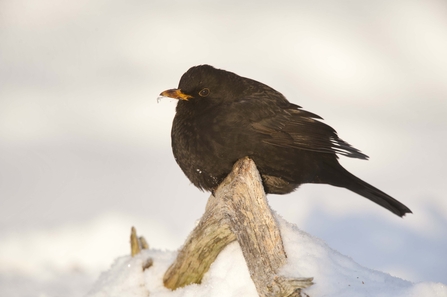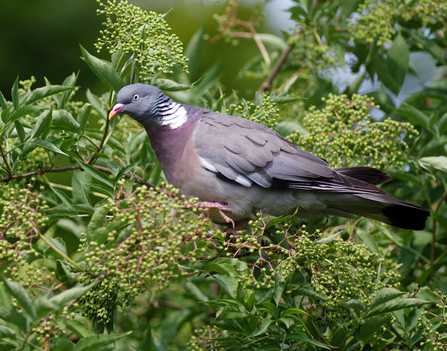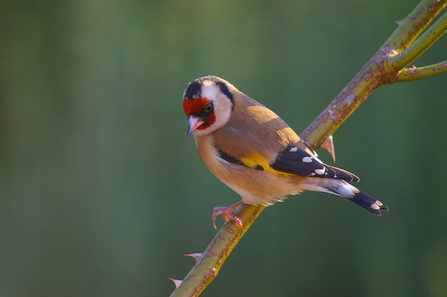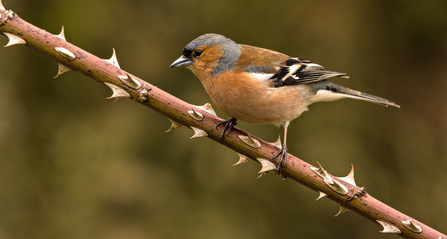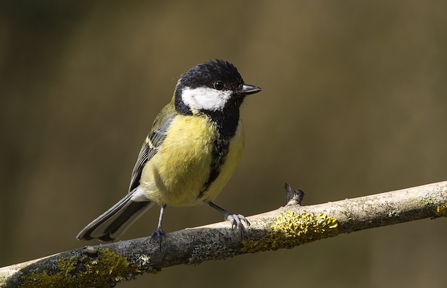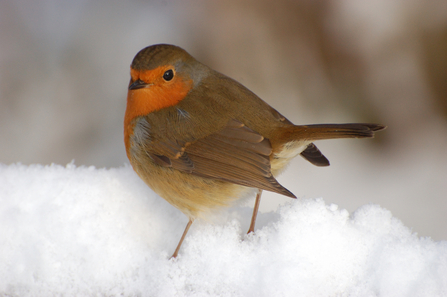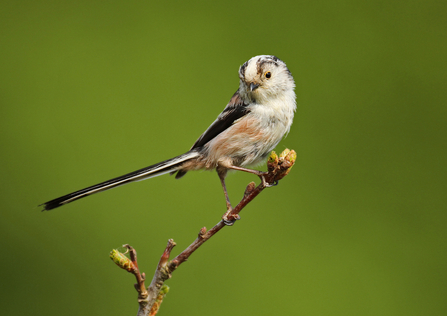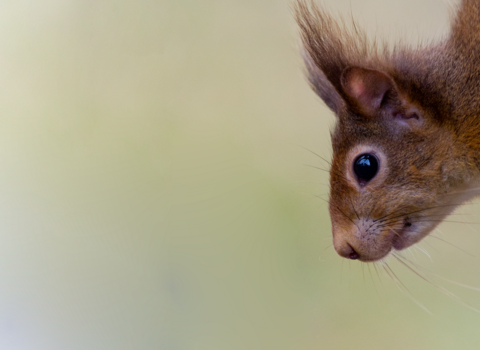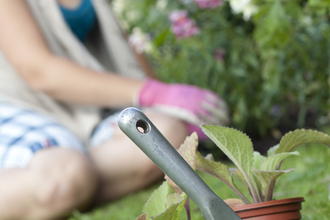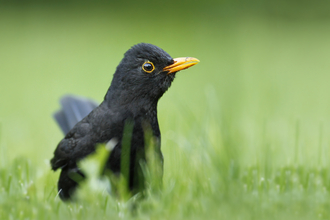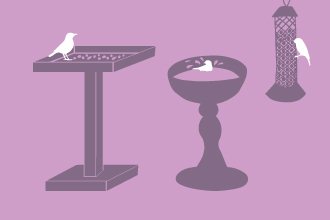What are ‘garden birds’?
‘Garden birds’ are any species of bird that visit our gardens for food and shelter on a regular basis. Every garden attracts a different set of birds depending on the plants, trees and shrubs present, whether extra food is provided, what water sources there are, and what the surrounding habitats are like.
Why are gardens important for birds?
Over recent years, numbers of our once-common birds have dropped dramatically in the wake of increased development, intensification of farming, and habitat loss. For example, house sparrows have decreased by a massive 71%. But garden birds do have a lifeline. Together, the 16 million gardens across the UK form an area for wildlife larger than all our National Nature Reserves. This patchwork of habitats helps our wildlife to move about freely, forming a vast living landscape that links urban green spaces with the wider countryside. Encouraging birds to visit your garden is easy and a great way to help!
Which birds am I likely to see in my garden?
Typically, males are more distinguishable than females. Click through to browse the species pages for more details about these birds. The UK's 10 most common garden visitors are:
House sparrow
Males (pictured) are streaky brown above and grey below, with chestnut-and-white wings, a black bib and a grey cap. Females and juveniles are duller.
Starling
Adults (pictured) are oily-black with a purple-and-green sheen, and tiny, beige spots in winter. Juveniles are dark grey-brown.
Blue tit
Greeny-blue above and yellow below, with a blue cap, white cheeks, black eyestripes, and a blue tail and wings.
Blackbird
Males (pictured) are black with a yellow bill and yellow ring around the eye. Females and juveniles are dark brown.
Woodpigeon
Grey above, with a pink breast, white neck patch and white patches on the wings.
Goldfinch
Gingery-brown above and pale below, with black-and-yellow wings, a black crown, white cheeks and a red face.
Chaffinch
Males have blue-grey crowns, brown backs and pink breasts. Females are brown, with white shoulder patches and wingbars.
Great tit
Green above and yellow below, with a black head, white cheeks, and black stripe down its breast.
Robin
Brown above, with a white belly and red breast. Juveniles are mottled gold and brown.
Long-tailed tit
Black, white and pink above, and pale pink below, with a long, black-and-white tail, a white head, and a broad, black stripe above the eye.
Other species that visit gardens include carrion crows, magpies, jackdaws, collared doves, dunnocks, wrens, song thrushes, greenfinches, coal tits, swifts, house martins, and green and great spotted woodpeckers. Find out more about these birds on our species explorer.
Which rarer birds might visit?
If you live close to countryside, you might find traditional farmland or woodland species visiting, particularly in winter when food is scarce. Look out for chiffchaffs, siskins, yellowhammers, bullfinches, nuthatches, treecreepers, lesser redpolls, tawny owls, sparrowhawks, jays, cuckoos, mistle thrushes, blackcaps, goldcrests and pied flycatchers. Winter garden visitors may also include migrant bramblings, waxwings, redwings and fieldfares. If you have a pond in the garden, you might find herons and other waterbirds popping in.
How can I encourage birds to visit my garden?
Whether you have a small, city patch or acres of fields, you can encourage birds to visit your garden:
- Put out suitable food on a birdtable and in feeders – even one that sticks to a window will do the trick!
- Birds eat different things: try seeds for sparrows and finches, fat balls for tits, and fruit and worms for thrushes and robins. As long as it’s not mouldy, you can also pop out leftovers like fruit cake, unsalted nuts, and over-ripe apples and pears
- The amount of food you need to supply will vary depending on the season and weather; try to put out only what will get eaten, so there’s nothing left to go off
- Don’t forget to provide fresh water too and make sure you clean feeders and tables regularly to avoid disease
- Provide places for birds to nest and rest safely by planting native trees and shrubs, or putting up nest boxes

